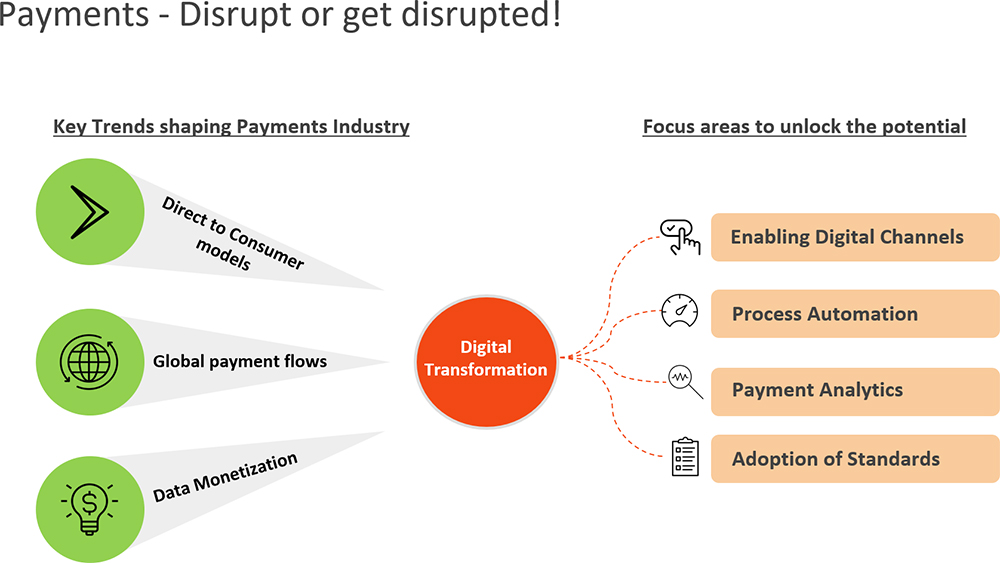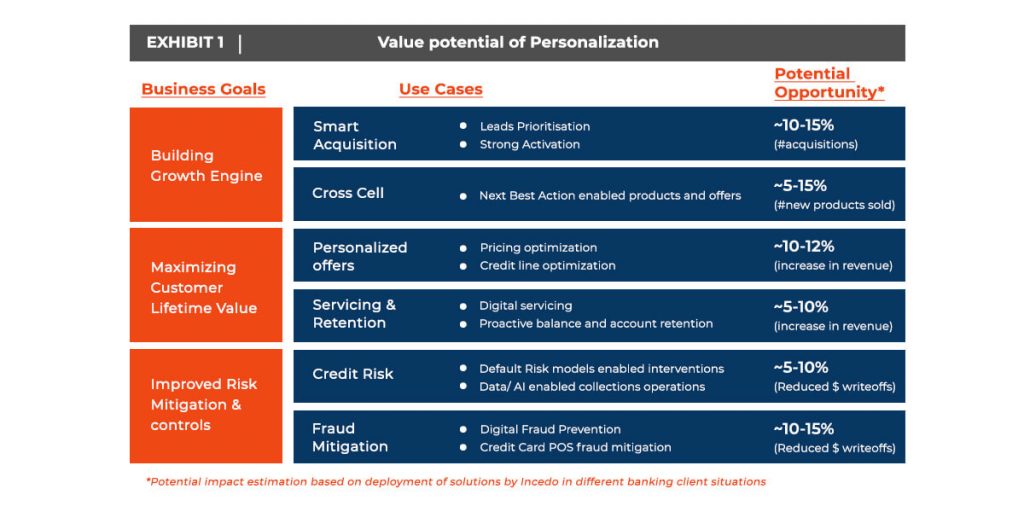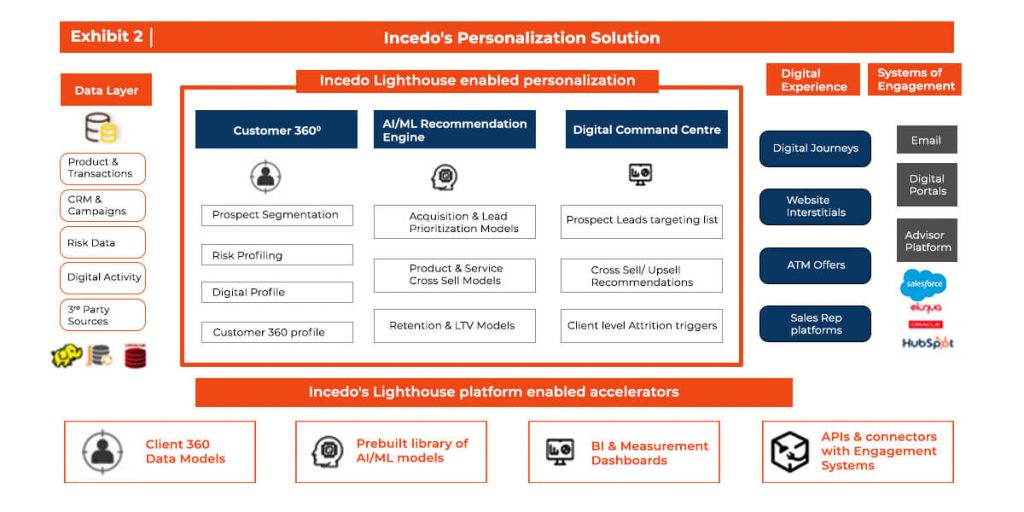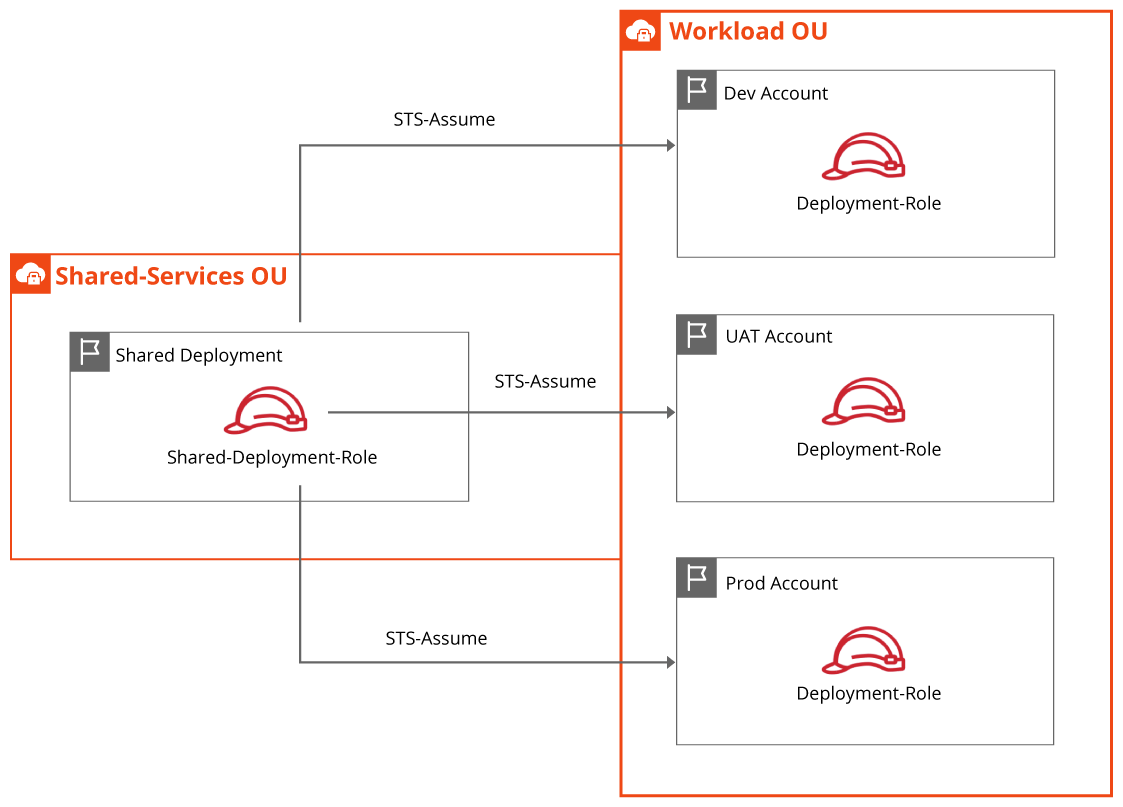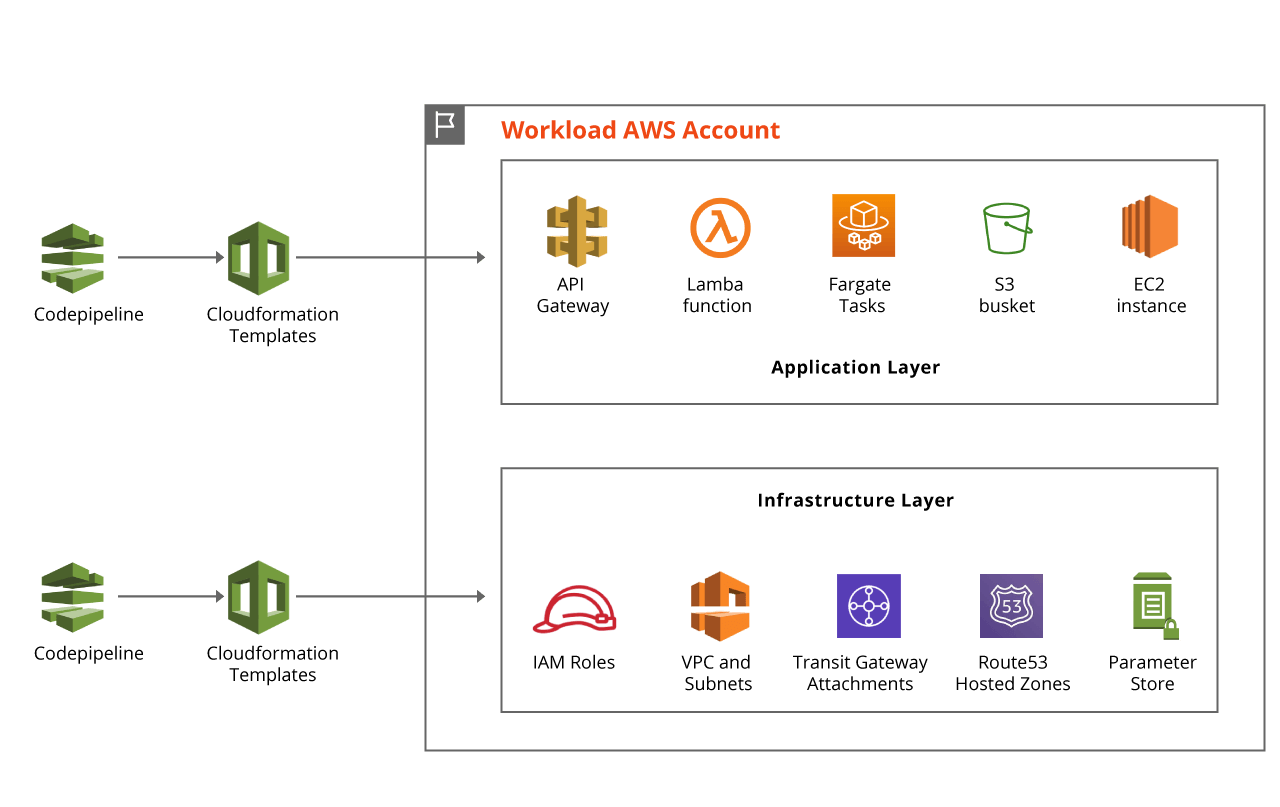The explosion of data is a defining characteristic of the times we are living in. Billions of terabytes of data are generated every day, and million more algorithms scour this data for patterns for our consumption. And yet, the more data we have, the harder it becomes to process this data for meaningful information and insights.
With the rise of generative AI technologies, such as ChatGPT, knowledge workers are presented with new opportunities in how they process and extract insights from vast amounts of information. These models can generate human-like text, answer questions, provide explanations, and even engage in creative tasks like writing stories or composing music. This breakthrough in AI technology has opened up possibilities for knowledge workers.
Built with powerful LLMs, Generative AI has taken the world by a storm and led to a flurry of companies keen to build with this technology. It has indeed revolutionized the way we interact with information.
And yet, in this era of ever-increasing information overload, the ability to ask the right question has become more critical than ever before.
While the technology has evolved faster than we imagined, its potential is limited by the ways we use it. And while there is scope for immense benefits, there is also a risk for harm if users don’t practice judgment or right guardrails are not provided when building Gen AI applications.
As knowledge workers and technology creators, empowering ourselves and our users relies heavily on the ability to ask the right questions.
Here are three key considerations to keep in mind:
1. The Art of Framing Questions:
To harness the true potential of generative AI, knowledge workers must master the art of framing questions effectively. This involves understanding the scope of the problem, identifying key variables, and structuring queries in a way that elicits the desired information. A poorly constructed question can lead to misleading or irrelevant responses, hindering the value that generative AI can provide.
Moreover, knowledge workers should also consider the limitations of generative AI. While these models excel at generating text, they lack true comprehension and reasoning abilities. Hence, it is crucial to frame questions that play to their strengths, allowing them to provide valuable insights within their domain of expertise.
2. The Need for Precise Inquiry:
Despite the power of generative AI, it is essential to remember that these models are not flawless. They heavily rely on the input they receive, and the quality of their output is heavily influenced by the questions posed to them. Hence, the importance of asking the right question cannot be overstated.
Asking the right question is a skill that knowledge workers must cultivate to extract accurate and relevant insights from generative AI. Instead of relying solely on the model to generate information, knowledge workers need to approach it with a thoughtful mindset.
3. Collaboration between Humans and AI:
Generative AI should be viewed as a powerful tool that complements human expertise rather than replacing it. Knowledge workers must leverage their critical thinking, domain knowledge, and creativity to pose insightful questions that enable generative AI to augment their decision-making processes. The synergy between human intelligence and generative AI has the potential to unlock new levels of productivity and innovation.
Think of Gen AI as a powerful Lego block, a valuable component within the intricate structure of problem-solving. It’s not a replacement but an enhancement, designed to work in harmony with human capabilities to solve a problem.
In conclusion, in the age of generative AI, asking the right questions is fundamental. Careful framing of queries unlocks generative AI’s true power, enhancing our decision-making. Cultivating this skill and fostering human-AI collaboration empowers knowledge workers to navigate the information age and seize new growth opportunities.

